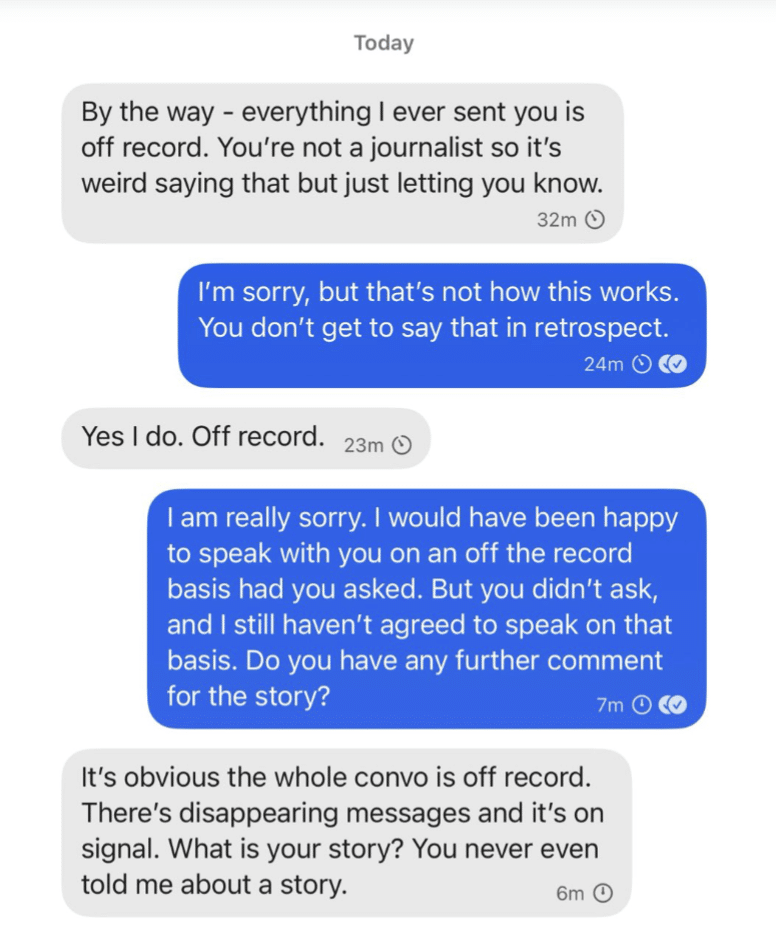
"Just three days after Congress enacted the 1986 law, the Office of Legal Counsel (OLC) within the DOJ issued a memorandum, authored by then-Deputy Assistant Attorney General Samuel Alito, interpreting the provision in precisely the same manner as Mr. Comey here. See Definition of Vacancy for the Purpose of Interim Appointment of United States Attorneys pursuant to 28 U.S.C. 546, as amended, Office of Legal Counsel (Nov. 13, 1986), https://perma.cc/SD5Q7CPH."
"Specifically, OLC concluded that while a "vacancy exists when the 120-day period expires under the amended section 546 and the President has either not made an appointment or the appointment has not been confirmed," "it does not follow that the Attorney General may make another appointment pursuant to 28 U.S.C. 546(a) after the expiration of the 120-day period." Id. at 3 (emphasis added)"
Jim Comey's motion challenges the legitimacy of an interim U.S. Attorney appointment and alleges selective and vindictive prosecution. The motion confirms Lindsey Halligan was appointed under 28 U.S.C. 546 and contends that serial interim appointments violated the statute. The motion cites a 1986 Office of Legal Counsel memorandum by Samuel Alito interpreting section 546 to prohibit repeated interim appointments after a 120-day period. The government has attempted similar appointment strategies in multiple cases, prompting judicial rebukes. The dispute raises statutory interpretation questions under Sections 541 and 546 and seeks resolution that could reach the Supreme Court.
Read at emptywheel
Unable to calculate read time
Collection
[
|
...
]